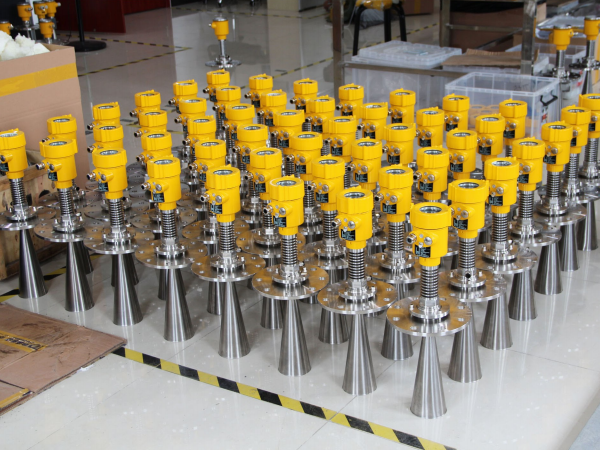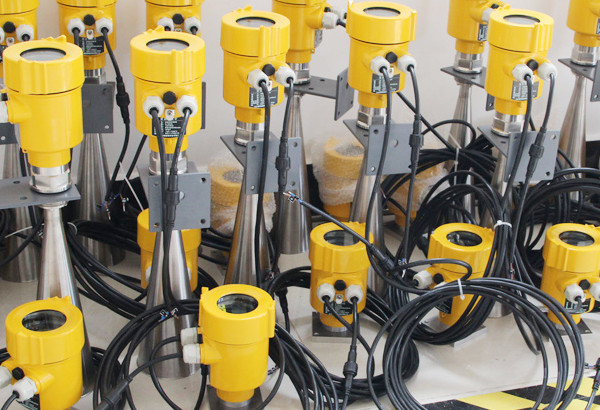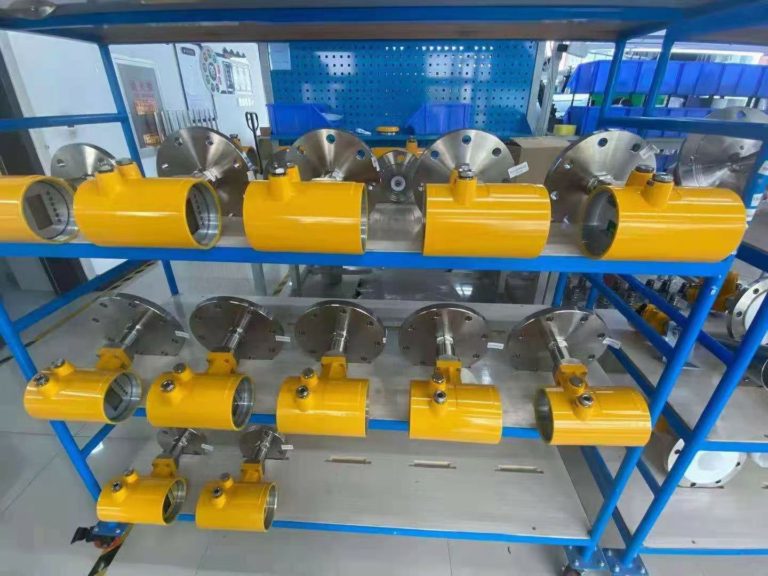As a key facility for storing and transferring these harmful liquids, hazardous waste discharge tanks have a top priority as the accuracy of liquid level monitoring directly affects the environment and personnel safety.
Therefore, it is particularly important to choose the appropriate liquid level measurement technology. This article will explore the application and advantages of radar level gauges in hazardous waste discharge tanks.

Hazardous waste discharge tanks usually have the following characteristics:
1. Complex chemical properties: The stored waste may contain a variety of chemical substances, some of which are corrosive, and some of which are flammable and explosive.
2. Harsh environmental conditions: high temperature, high pressure, toxic gases or volatile organic compounds may exist in the tank. 3. High safety requirements: Any leakage may cause serious environmental pollution and personal injury.
4. Difficulty in cleaning and maintenance: Due to the danger, cleaning and maintenance of the discharge tank are difficult and require professional operation.

Radar level gauge is a non-contact liquid level measurement device based on microwave principles. It measures liquid level by emitting a microwave signal and receiving the reflected signal back. The following are several main advantages of radar level gauges: 1. Non-contact measurement: no direct contact with the medium is required, reducing the risk of maintenance and corrosion.
2. Easy installation: It can be flexibly installed according to the shape and size of the tank and is not affected by the nature of the medium.
3. High measurement accuracy: Microwave technology can provide high-precision measurement results and maintain stability even in harsh working environments.
4. Strong adaptability: able to work normally in high temperature, high pressure, toxic or harmful environments.

The use of radar level gauges in hazardous waste discharge tanks can effectively solve the problems of traditional measurement methods (such as floats, pressure sensors, etc.).
For example, a float may fail due to sticky substances adhering to it, and a pressure sensor may cause false readings due to corrosion or blockage.
The application of radar level gauges not only improves the accuracy and reliability of measurement, but also reduces maintenance costs and safety risks.

To sum up, radar level gauges have shown significant advantages in level measurement of hazardous waste discharge tanks. Its non-contact measurement method, high accuracy and great adaptability make it ideal for hazardous waste treatment processes.
With the continuous advancement of technology, the performance and application scope of radar level gauges are expected to be further expanded, providing more guarantees for the safe disposal of hazardous wastes.
